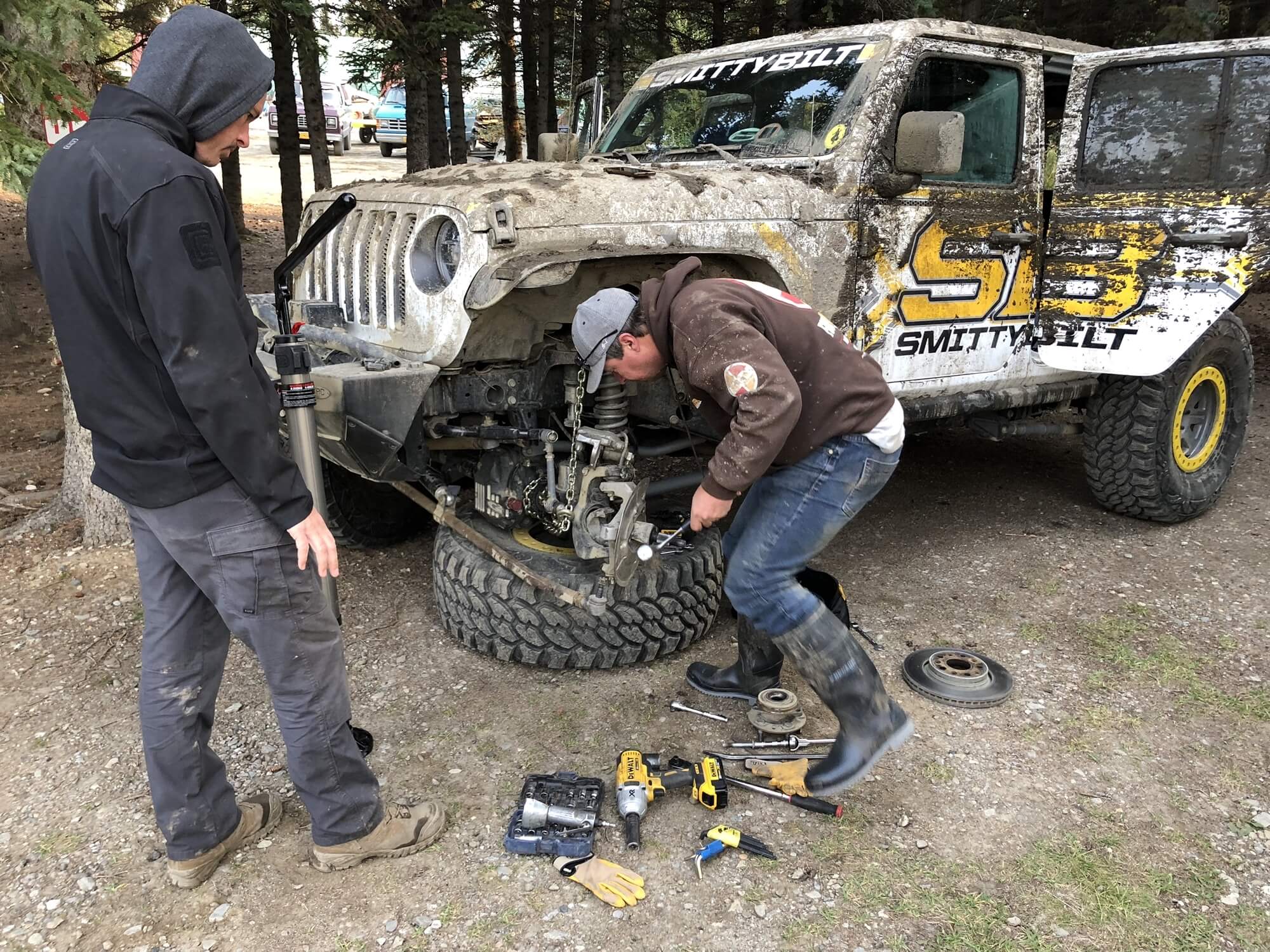
Photography by Harry Wagner
We once overheard an observer on the trail say “you guys seem to get excited when something breaks”, and honestly, they are not wrong. The pioneering spirit that took settlers across the West by covered wagon lives on today in off-roaders. As they say in the Marine Corps, you have to “Improvise. Adapt. And Overcome.” Regardless of what breaks, with a few basic supplies and a lot of imagination you can typically limp off the trail. Note that nearly all of these field fixes are temporary, and designed to get you to pavement. Driving on public roads, particularly at freeway speeds, with compromised steering, braking, or suspension components puts yourself and the general public in harms way and as such should be avoided.
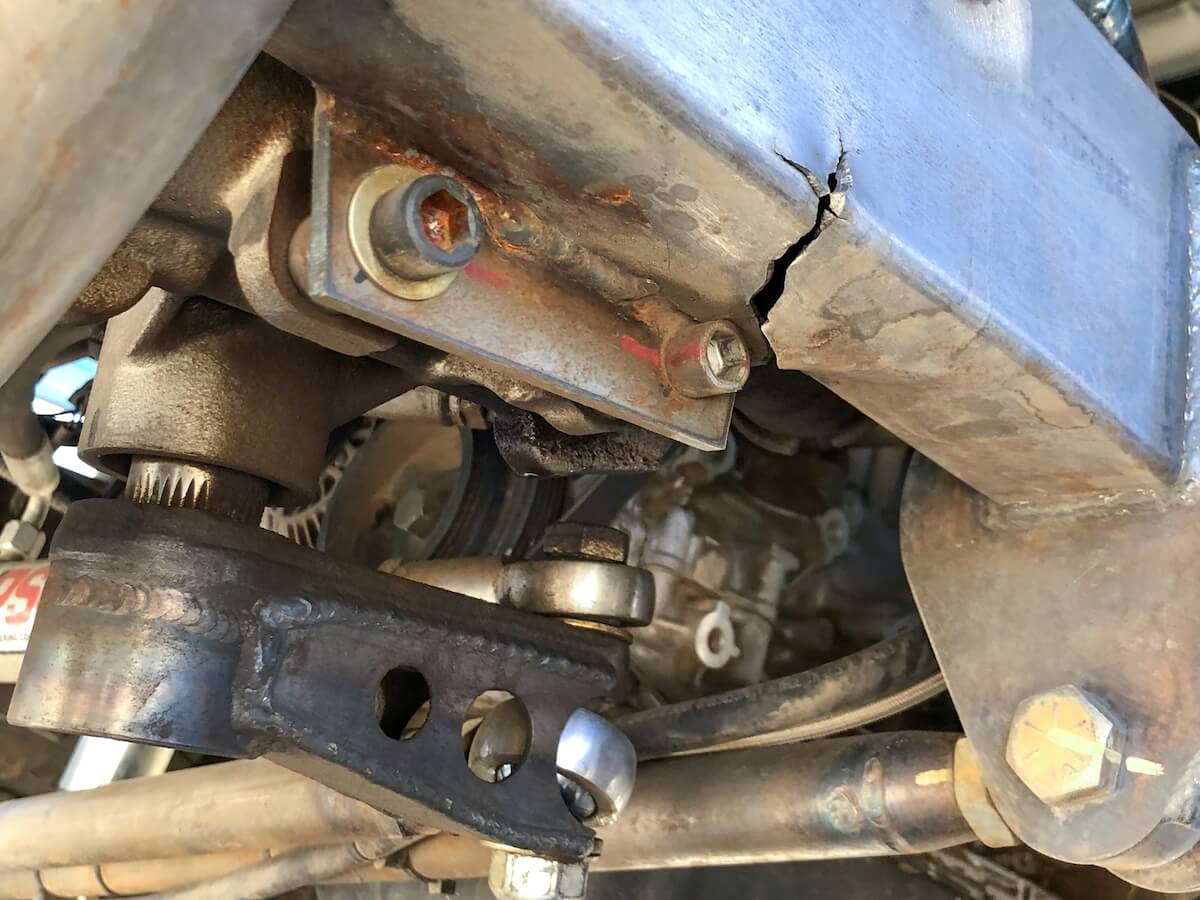
The frame around this steering box was tearing from the stresses of turning big tires. We were able to limp off the trail though by wrapping the winch cable around the box and the frame and then tightening the winch to hold them together. When we returned home the frame was plated and a steering box brace was added.

Broken u-joints on drivelines and axle shafts are relatively common, particularly if they bind at too sharp of an angle. Driveline u-joints are relatively easy to replace, assuming that nothing else is damaged. We typically carry extra straps for the u-joints as well. Axle u-joints require the hub and brakes to be removed to access, so they are more of a challenge to fix on the trail.
Zip Ties and Bailing Wire
People often joke about zip ties and bailing wire, but they can be useful for a variety of field fixes. We have held shock reservoirs in place with zip ties and made impromptu radiator hose clamps out of bailing wire before. Hose clamps are a better solution to both of those issues though, and are another great item to carry with you to lash items back together. We have even nursed a broken leaf spring off the trail with hose clamps and duct tape.
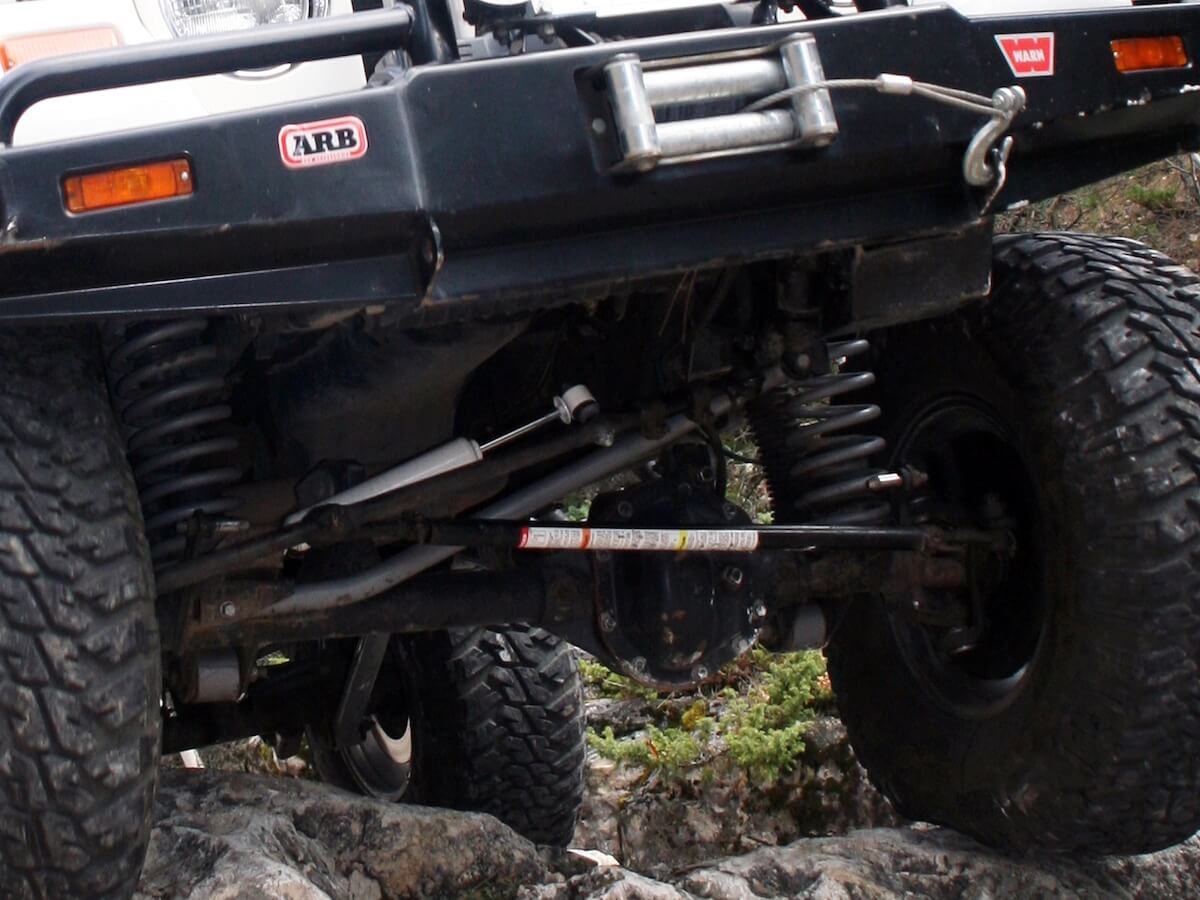
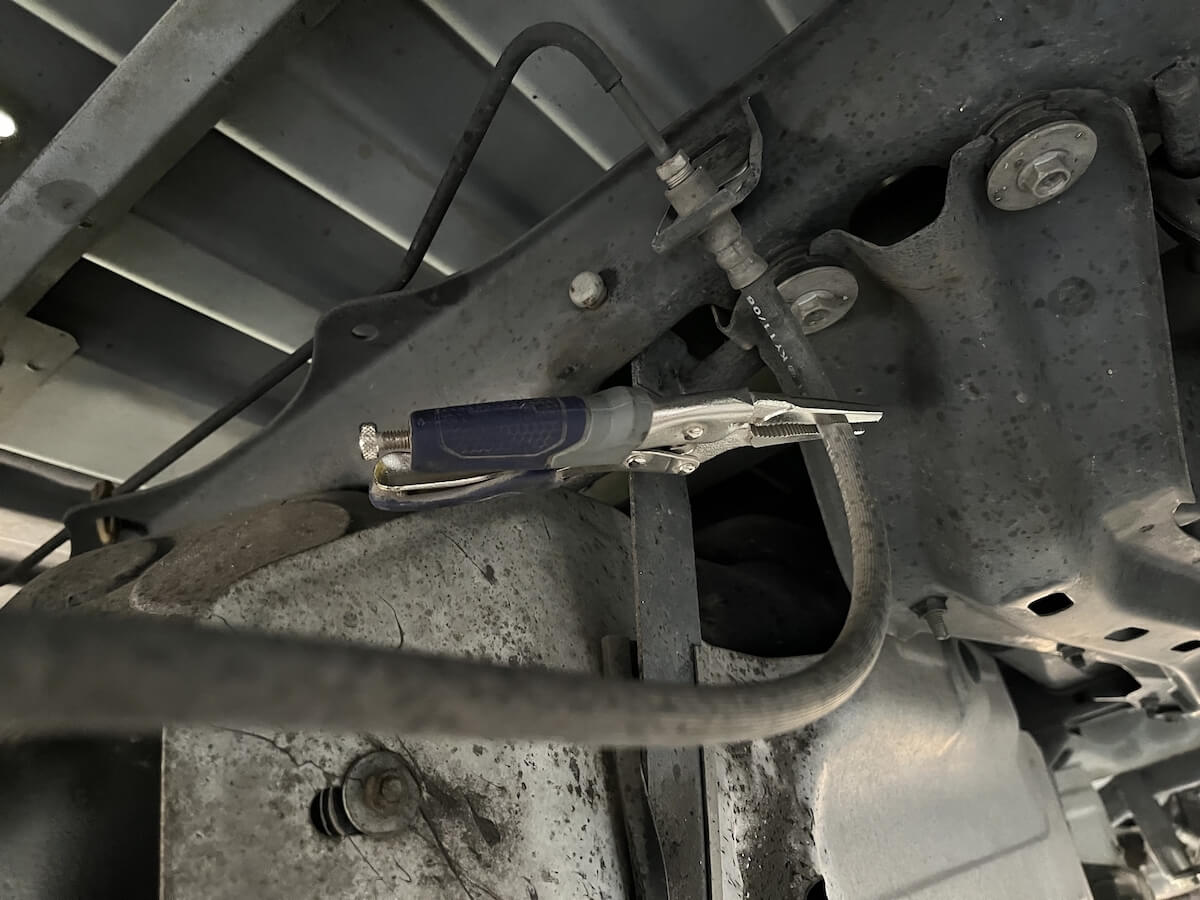
Vise grips are useful to pinch off a leaking or torn brake line. For this task we prefer the needle nose version, and we typically zip tie them in place to ensure they stay put. This will keep the brake fluid from leaking out and emptying the master cylinder.
Tape of All Kinds
There are a wide variety of tapes on the market, we typically carry duct tape, electrical tape, and self-bonding silicone tape. The latter has proven useful to patch radiator and heater hoses and hardly takes up any room in your vehicle. Electrical tape is useful not only for covering wires and loose connections but also to wrap around a surface to make it larger for a snug fit to reduce rattles. As for duct tape, they say it is like The Force. It has a light side, a dark side, and it holds the universe together.
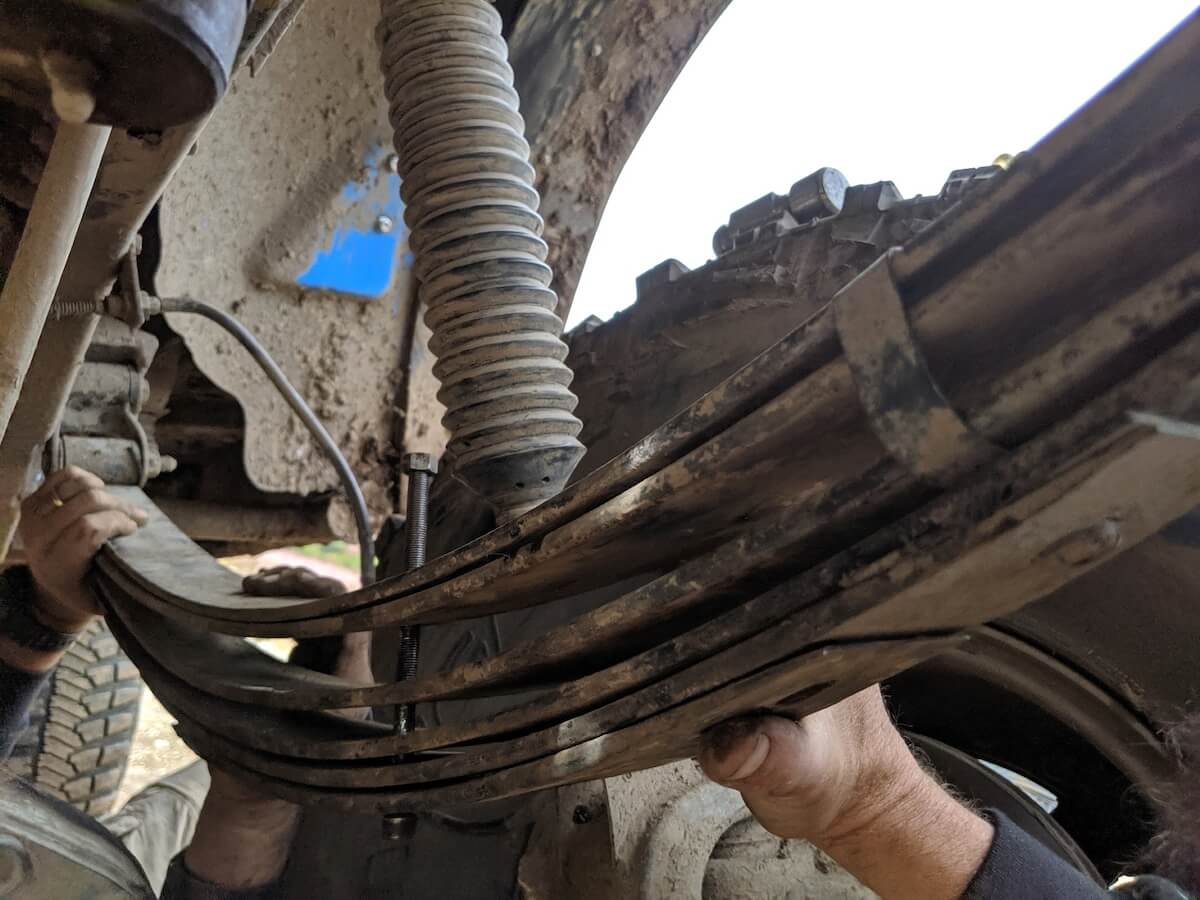
A broken center pin is a relatively easy field fix. Even without a center pin you can typically use a bolt, or anything that will hold the spring pack in place and keep the individual leaves from moving relative to one another. A broken main leaf is a bigger issue and typically requires you to severely limit suspension travel at that corner to keep the vehicle mobile.
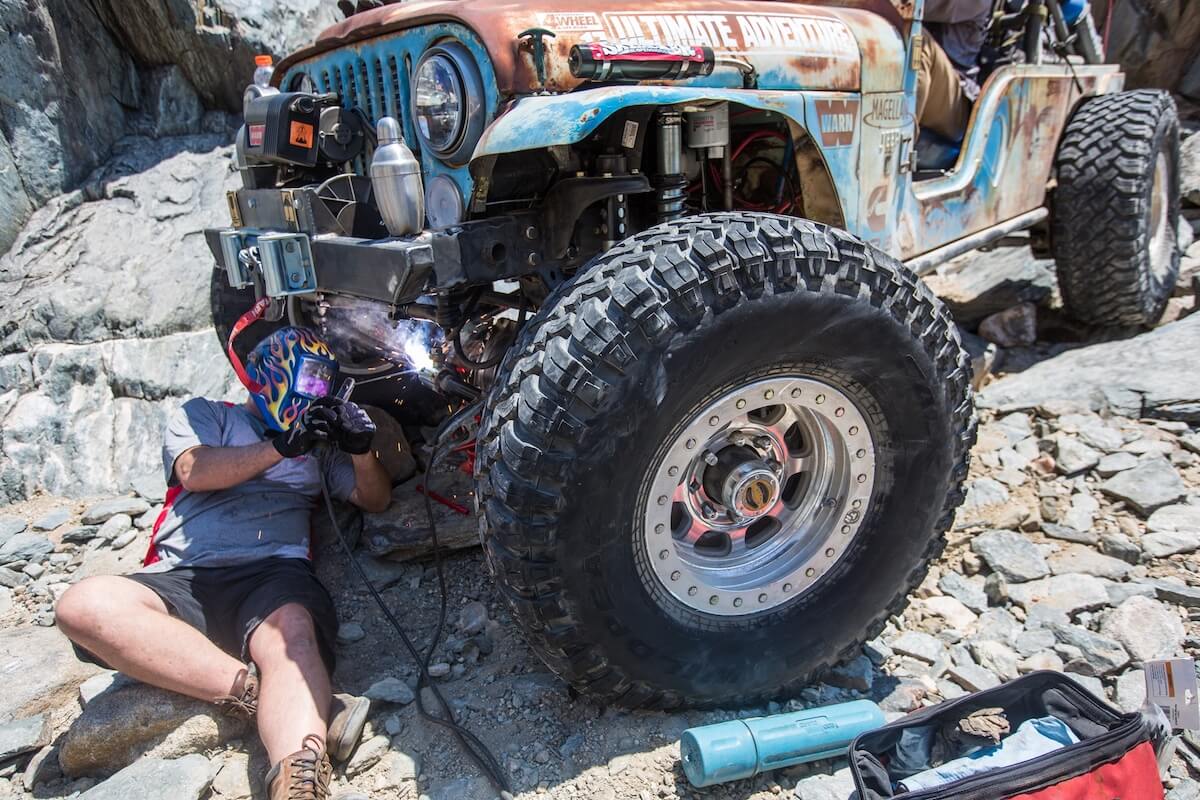
Sometimes one piece of metal turns into two pieces on the trail. A welder is invaluable at these times. Mobile welders vary from stick welders to spool guns to jumper cables and batteries mounted in series. For any of these methods you will need a welding hood, and getting the surfaces clean will ensure a better quality weld.
Ratchet Straps
Ratchet straps serve a variety of functions on the trail. They can help lash your gear down so it doesn’t move around (you ARE strapping down your gear, right?) or you can put one between your axle and frame and tighten it so you don’t have to lift your vehicle as high to change a tire. Ratchet straps can also be useful to pull a component back into position. For instance, if you break a bolt in your track bar and need to line up the bar and bracket to get a new bolt installed. Don’t have a new bolt? Cross two ratchet straps from the frame on one side to the axle on the opposite side to prevent side-to-side movement.
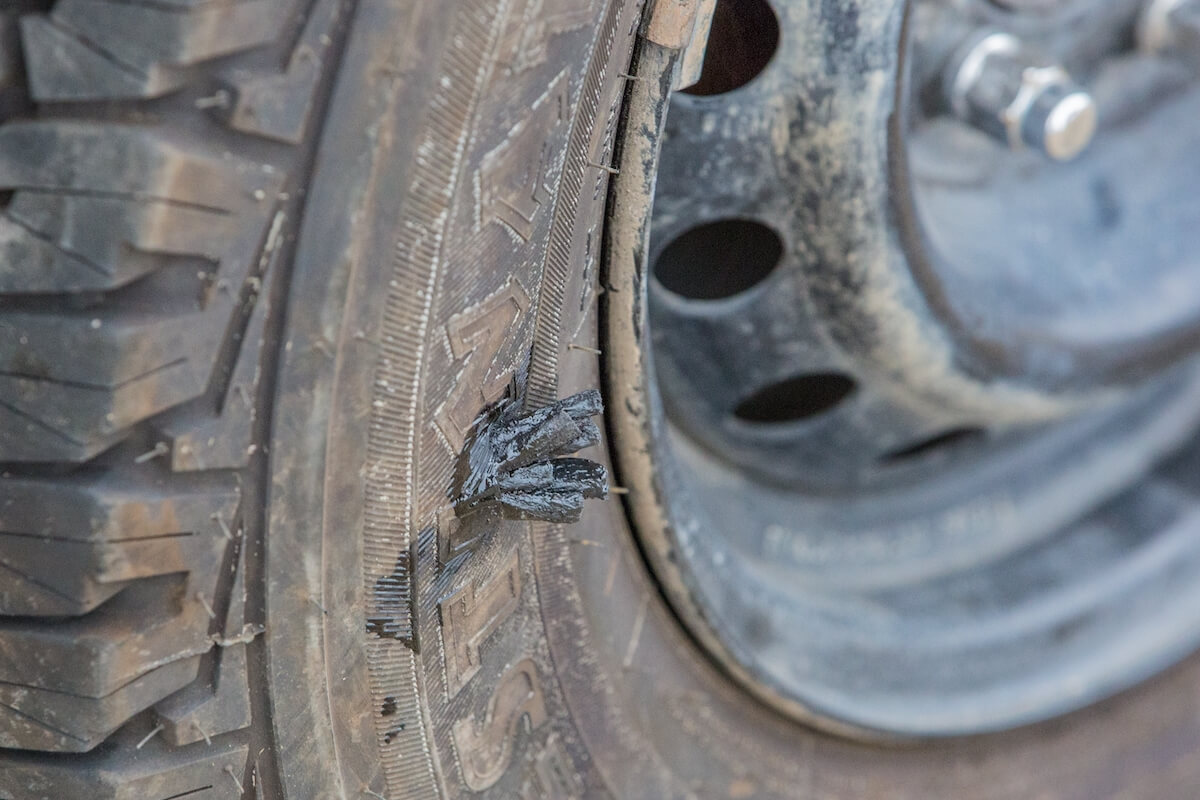
Don’t have a spare tire? Already used it? Tire plugs and an air compressor can be a life saver for not only you but also for someone else that you encounter on the trail. Note that if you plug the sidewall, as shown here,
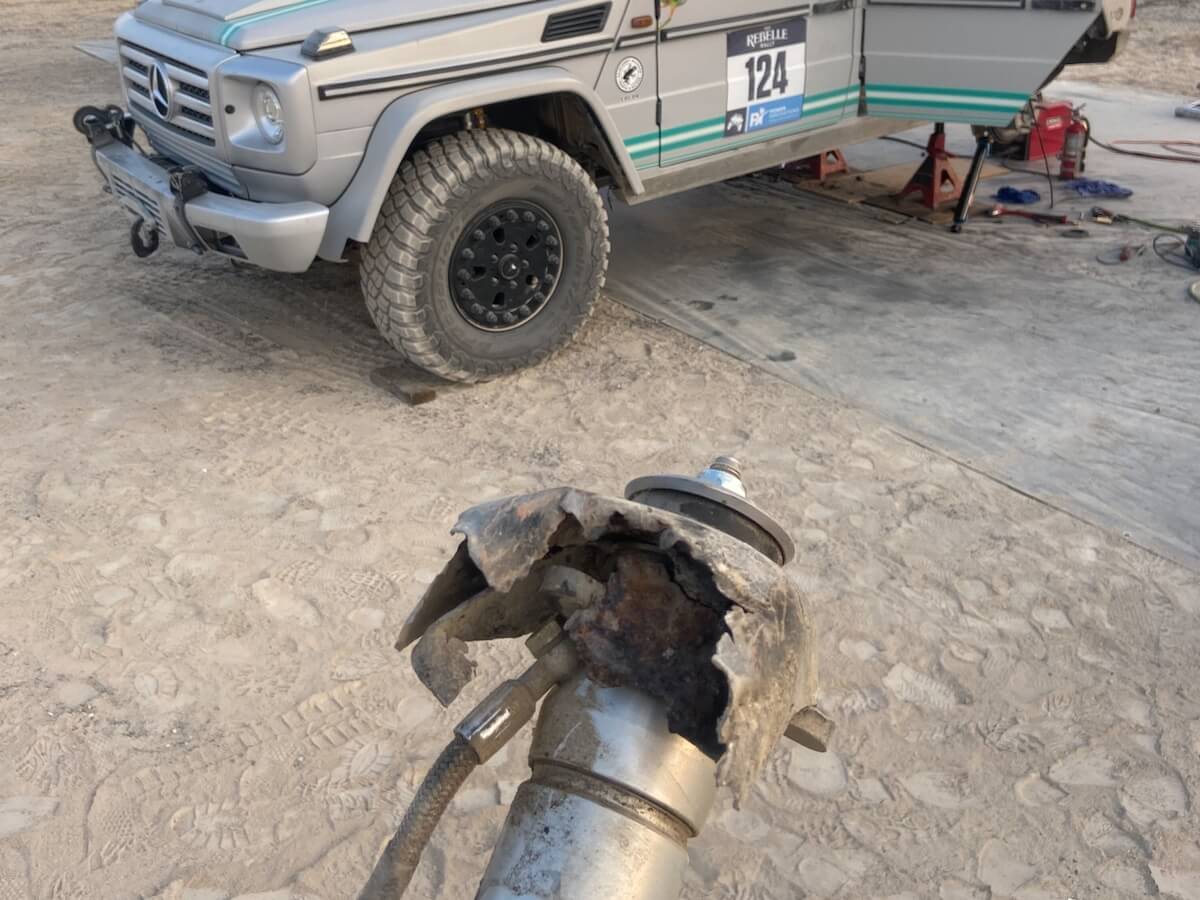
These shock mounts ripped entirely out of the subframe of this vehicle. If you have a separate shock and spring, you can typically travel at a low rate of speed without the shock. A coil spring is more dependent on a shock than a leaf spring, which has internal friction between the leaves. If you have a coilover or a strut though, a broken mount is a more complicated problem.
Get Creative
When it comes to field fixes you are really only limited by your imagination. We have seen a log and straps used to hold a tire in place with a c-clip broke inside a Dana 35 axle. Or a Powertank used to pressurize a fuel system when the electric fuel pump stopped working. Start by determining what you need to do and then determine what you need. If something is moving that needs to be immobilized, does it rotate or move fore and aft or side to side? This will help you determine how to hold it in place. Then you can use your winch cable, ratchet straps, or whatever else you have available to perform the fix. Similarly, if something is leaking, can it be capped off or the line clamped down? We have removed a bent steering ram from the steering system and simply capped the hydraulic fittings at the box to get off the trail. Like, like many trail repairs, it was messy but effective. A tarp and PIG mats are helpful any time fluids are involved to keep them from damaging the environment.







2